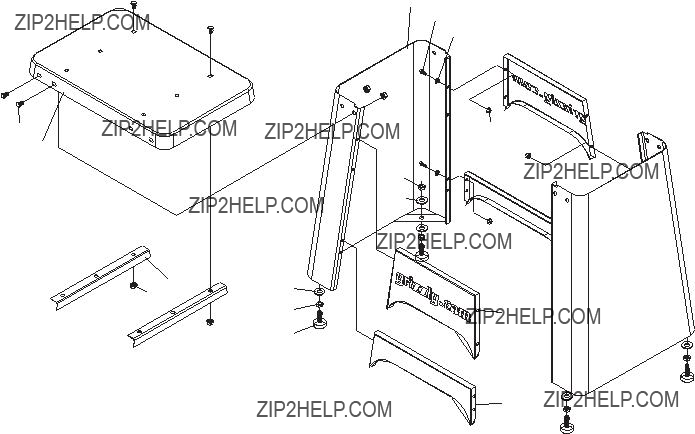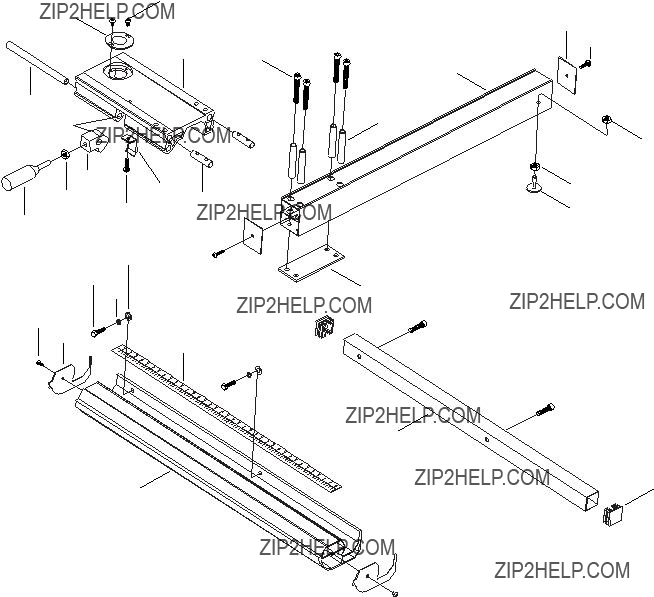14" ULTIMATE BANDSAW
MODEL G0555
INSTRUCTION MANUAL
COPYRIGHT ?? AUGUST, 2002 BY GRIZZLY INDUSTRIAL, INC.
WARNING: NO PORTION OF THIS MANUAL MAY BE REPRODUCED IN ANY SHAPE
OR FORM WITHOUT THE WRITTEN APPROVAL OF GRIZZLY INDUSTRIAL, INC.
PRINTED IN TAIWAN
ONLINE MANUAL DISCLAIMER
THE INFORMATION IN THIS MANUAL REPRESENTS THE CONFIGURATION OF THE MACHINE AS IT IS CURRENTLY BEING SHIPPED. THE
MACHINE CONFIGURATION CAN CHANGE AS PRODUCT IMPROVEMENTS ARE INCORPORATED. IF YOU OWN AN EARLIER VERSION OF THE
MACHINE, THIS MANUAL MAY NOT EXACTLY DEPICT YOUR MACHINE . CONTACT CUSTOMER SERVICE IF YOU HAVE ANY QUESTIONS
ABOUT DIFFERENCES. PREVIOUS VERSIONS ARE NOT AVAILABLE ONLINE.
WARNING
Some dust created by power sanding, sawing, grind- ing, drilling, and other construction activities contains chemicals known to the State of California to cause cancer, birth defects or other reproductive harm. Some examples of these chemicals are:
???Lead from lead-based paints.
???Crystalline silica from bricks, cement, and other masonry products.
???Arsenic and chromium from chemically treated lumber.
Your risk from these exposures varies, depending on how often you do this type of work. To reduce your exposure to these chemicals: work in a well ventilated area, and work with approved safety equipment, such as those dust masks that are specially designed to fil- ter out microscopic particles.
SECTION 1: SAFETY
For Your Own Safety Read Instruction Manual Before Operating This Equipment
The purpose of safety symbols is to attract your attention to possible hazardous conditions. This manual uses a series of symbols and signal words which are intended to convey the level of importance of the safety messages. The progression of symbols is described below. Remember that safety messages by themselves do not eliminate danger and are not a substitute for proper accident prevention measures.
Indicates an imminently hazardous situation which, if not avoided,
WILL result in death or serious injury.
Indicates a potentially hazardous situation which, if not avoided,
COULD result in death or serious injury.
Indicates a potentially hazardous situation which, if not avoided,
MAY result in minor or moderate injury.
Safety Instructions For Power Tools
1.KEEP GUARDS IN PLACE and in working order.
2.REMOVE ADJUSTING KEYS AND WRENCHES. Form habit of checking to see that keys and adjusting wrenches are removed from tool before turning ON.
3.KEEP WORK AREA CLEAN. Cluttered areas and benches invite accidents.
4.DO NOT USE IN DANGEROUS ENVI- RONMENT. Do not use power tools in damp or wet locations, or where any flam- mable or noxious fumes may exist. Keep work area well lighted.
5.KEEP CHILDREN AND VISITORS AWAY. All children and visitors should be kept at a safe distance from work area.
6.MAKE WORKSHOP CHILD PROOF with padlocks, master switches, or by remov- ing starter keys.
7.DO NOT FORCE MACHINE. It will do the job better and safer at the rate for which it was designed.
8.USE RIGHT TOOL. Do not force tool or attachment to do a job for which it was not designed.
Safety Instructions For Power Tools
9.USE PROPER EXTENSION CORD. Make sure your extension cord is in good condi- tion. Conductor size should be in accor- dance with the chart below. The amperage rating should be listed on the motor or tool nameplate. An undersized cord will cause a drop in line voltage resulting in loss of power and overheating. Your extension cord must also contain a ground wire and plug pin. Always repair or replace exten- sion cords if they become damaged.
Minimum Gauge for Extension Cords
10.WEAR PROPER APPAREL. Do not wear loose clothing, gloves, neckties, rings, bracelets, or other jewelry which may get caught in moving parts. Non-slip footwear is recommended. Wear protective hair cov- ering to contain long hair.
11.ALWAYS USE SAFETY GLASSES. Also use face or dust mask if cutting operation is dusty. Everyday eyeglasses only have impact resistant lenses, they are NOT safety glasses.
12.SECURE WORK. Use clamps or a vise to hold work when practical. It is safer than using your hand and frees both hands to operate tool.
13.DO NOT OVERREACH. Keep proper foot- ing and balance at all times.
14.MAINTAIN TOOLS WITH CARE. Keep tools sharp and clean for best and safest performance. Follow instructions for lubri- cating and changing accessories.
15.USE RECOMMENDED ACCESSORIES.
Consult the owner???s manual for recom- mended accessories. The use of improper accessories may cause risk of injury.
16.REDUCE THE RISK OF UNINTENTION- AL STARTING. On machines with mag- netic contact starting switches there is a risk of starting if the machine is bumped or jarred. Always disconnect from power source before adjusting or servicing. Make sure switch is in OFF position before recon- necting.
17.MANY WOODWORKING TOOLS CAN ???KICKBACK??? THE WORKPIECE toward the operator if not handled properly. Know what conditions can create ???kickback??? and know how to avoid them. Read the manual accompanying the machine thoroughly.
18.CHECK DAMAGED PARTS. Before fur- ther use of the tool, a guard or other part that is damaged should be carefully checked to determine that it will operate properly and perform its intended function. Check for alignment of moving parts, bind- ing of moving parts, breakage of parts, mounting, and any other conditions that may affect its operation. A guard or other part that is damaged should be properly repaired or replaced.
19.NEVER LEAVE TOOL RUNNING UNAT- TENDED. TURN POWER OFF. Do not leave tool until it comes to a complete stop.
20.NEVER OPERATE A MACHINE WHEN
TIRED, OR UNDER THE INFLUENCE OF DRUGS OR ALCOHOL. Full mental alert- ness is required at all times when running a machine.
21.NEVER ALLOW UNSUPERVISED OR
UNTRAINED PERSONNEL TO OPER- ATE THE MACHINE. Make sure any instructions you give in regards to the operation of the machine are approved, correct, safe, and clearly understood.
Additional Safety Instructions For Bandsaws
1.DO NOT OPERATE WITH DULL OR BADLY WORN BLADES. Dull blades require more effort to use and are difficult to control. Inspect blades before each use.
2.NEVER POSITION FINGERS OR
THUMBS IN LINE WITH THE CUT.
Serious personal injury could occur.
3.DO NOT OPERATE THIS BANDSAW
WITHOUT WHEEL, PULLEY, AND
BLADE GUARDS IN PLACE.
4.WHEN REPLACING BLADES, make sure the teeth face down toward the table. The force of the cut is always down. Make sure the blade is properly tensioned.
5.CUTS SHOULD ALWAYS BE FULLY SUPPORTED by the table or some type of support fixture. Always support round stock in a V-block.
6.DO NOT BACK WORKPIECE AWAY from the blade while the saw is running. Plan your cuts so that you always cut out of the wood. If you need to back the work out, turn the bandsaw off and wait for the blade to come to a complete stop. DO NOT twist or put excessive stress on the blade while backing work away.
7.ALWAYS FEED STOCK EVENLY AND SMOOTHLY. DO NOT force or twist blade while cutting, especially when sawing small radii.
8.THIS MACHINE IS NOT DESIGNED TO CUT METAL or other material except wood.
9.BLADE SHOULD BE RUNNING AT FULL SPEED before beginning a cut.
10.DO NOT MANUALLY STOP OR SLOW BLADE after turning the saw off. Allow it to come to a complete stop before you leave it unattended.
11.ALL INSPECTIONS, ADJUSTMENTS,
AND MAINTENANCE ARE TO BE DONE WITH THE POWER OFF and the plug pulled from the outlet. Wait for all moving parts to come to a complete stop.
12.HABITS ??? GOOD AND BAD ??? ARE HARD TO BREAK. Develop good habits in your shop and safety will become sec- ond-nature to you.
13.IF AT ANY TIME YOU ARE EXPERIENC-
ING DIFFICULTIES PERFORMING THE
INTENDED OPERATION, STOP USING THE BANDSAW! Then contact our ser- vice department or ask a qualified expert how the operation should be performed.
To operate this or any power tool safely and efficiently, it is essential to become as famil- iar with it as possible. The time you invest before you begin to use the Model G0555 will be time well spent. DO NOT operate this machine until you are completely familiar with the contents of this manual or serious personal injury may occur.
No list of safety guidelines can be complete. Every shop environment is different. Always consider safety first, as it applies to your individual working conditions. Use this and other machinery with caution and respect. Failure to do so could result in seri- ous personal injury, damage to equipment or poor work results.
SECTION 2: GENERAL INFORMATION
Commentary
Grizzly Industrial, Inc. is proud to offer the Model G0555 14" Ultimate Bandsaw. This bandsaw is part of Grizzly???s growing family of fine woodwork- ing machinery. When used according to the guidelines stated in this manual, you can expect years of trouble-free, enjoyable operation, and proof of Grizzly???s commitment to customer satis- faction.
The Model G0555 features a deluxe heavy-duty stand, upper and lower ball bearing guides, a 2" dust port, 1500 and 3200 FPM blade speeds, a 14" x 14" precision ground cast iron table, deluxe extruded aluminum fence with magnifying win- dow, a miter gauge, and computer balanced cast aluminum wheels.
Specifications include a 1 HP 110/220V single- phase motor, a 133???8" cutting throat capacity, a 6" maximum cutting height capacity, a 435???16" floor to table height, a 45?? right and 10?? left table tilting capacity, cast iron frame construction, a 921???2" blade length capacity, a 1???8" to 3???4" blade width capacity, and an overall size of 661???2"H x 263???8"W x 201???2"D.
We are also pleased to provide this manual with the Model G0555. It was written to guide you through assembly, review safety considerations, and cover general operating procedures. It repre- sents our latest effort to produce the best docu- mentation possible. If you have any comments or criticisms that you feel we should address in our next printing, please write to us at:
Grizzly Industrial, Inc.
C???O Technical Documentation
P.O. Box 2069
Bellingham, WA 98227
Most important, we stand behind our machines. We have excellent regional service departments at your disposal should the need arise. If you have any service questions or parts requests, please call or write to us at the location listed below.
Grizzly Industrial, Inc
1203 Lycoming Mall Circle
Muncy, PA 17756
Phone:(570) 546-9663
Fax:(800) 438-5901 E-Mail: techsupport@grizzly.com Web Site: http://www.grizzly.com
The specifications, drawings, and photographs illustrated in this manual represent the Model G0555 as supplied when the manual was pre- pared. However, owing to Grizzly???s policy of con- tinuous improvement, changes may be made at any time with no obligation on the part of Grizzly. Whenever possible, though, we send manual updates to all owners of a particular tool or machine. Should you receive one, we urge you to insert the new information with the old and keep it for reference.
Serious personal injury may result if safety or operational information is not understood or fol- lowed. Read the manual before assembly and operation to become fa- miliar with the machine and its operation before beginning any work.
SECTION 3: CIRCUIT REQUIREMENTS
The Model G0555 motor is prewired to operate at 110V, and includes a plug (similar to the illustra- tion in Figure 1) that has a ground prong and two current carrying prongs. The plug should only be placed into a grounded outlet box similar to the one illustrated in Figure 1. Make sure the outlet that you plug into is properly installed and grounded in accordance with all local codes and ordinances.
Figure 1. Typical 110V 3-prong plug and outlet.
Under normal 110V use, the motor draws approx- imately 10 amps. We recommend a 15 amp cir- cuit breaker or a 15 amp slow-blow fuse.
We also recommend that the circuit you use should be dedicated, (i.e., the G0555 should pro- vide the only draw from that circuit). If frequent circuit failures occur when using the bandsaw, contact our Service Department or your local electrical contractor.
The Model G0555 motor can be wired to single- phase 220V. Under normal use, the motor draws approximately 5 amps at 220V. We recommend a 10 amp circuit breaker for 220V operation. This should be satisfactory for normal use while pro- viding enough protection for the circuits. Also, be sure the wires in your circuit are rated for at least 10 amp service.
This machine does not come supplied with a 220V plug, therefore a suitable 220V plug must be wired in. When operating at 220V, we recom- mend using a NEMA-style 6-15 plug and outlet. See Figure 1A. You may also ???hard-wire??? the machine directly to your panel, provided you place a disconnect switch near the machine. Check the electrical codes in your area for specifics on wiring requirements.
Figure 1A. NEMA 6-15 220V plug and outlet.
SECTION 4: MACHINE FEATURES
Bandsaw Features
To help you understand the set up and opera- tion instructions, become familiar with the basic features of your new bandsaw.
Match up the list below with the letters in Figures 2 & 3 to identify the bandsaw features and con- trols.
I.Blade Tracking Adjustment Knob ???
Controls the tilt angle of the upper wheel, which defines how the blade will track on the wheel.
J.Guide Post Lock Knob ??? Loosens the guide post for adjustments and locks the guide post in place after adjustments.
K.Blade Tension Scale ??? Displays the cur- rent blade tension and is marked with a scale for a range of blade sizes.
C
F E
Figure 2. Front view of bandsaw.
H
G
K
J
I
Figure 3. Rear view of bandsaw.
Hardware Recognition Chart
Use this chart to match up hardware pieces during the assembly process!
Figure 15. Shows positive stop bolt installed.
Figure 16. Secure table to trunnion with knobs from hardware bag.
4. Place the table insert in the center of the table, so that it sits flush with the table top surface.
5. Insert the pin into the end of the table slot.
SECTION 8: SERVICE ADJUSTMENTS
Always disconnect power to the machine when making adjust- ments. Failure to do this may result in serious personal injury.
About Service
This section is designed to help the operator with adjustments that were made at the factory and might also need to be made during the life of the machine.
This section is provided for your convenience???it is not a substitute for the Grizzly Service Department. If any adjustment needs to be made that is not described in this manual, then feel free to call the Grizzly Service Department.
Similarly, if you are unsure of how to perform any procedure in this section, the Grizzly Service Department will be happy to guide you through the procedures or help in any other way.
Checking V-Belt
To ensure optimum power transmission from the motor to the blade, the V-belt must be in good condition and operate under proper tension. The belts should be checked for cracks, fraying, and wear. Belt tension should be checked at least every 3 months ??? more often if the bandsaw is used daily.
The check the V-belt:
1.Unplug the bandsaw!
2.Open the lower wheel cover.
3.Push the center of the V-belt. Note the amount of deflection. If deflection is more than approximately 3???4" with moderate pres- sure from your thumb or finger, tighten the V- belt.
4.Note the condition of the V-belt. If the V-belt is cracked, frayed, or glazed; it should be replaced as soon as convenient.
Tensioning V-Belt
To tension the V-belt:
1.Unplug the bandsaw!
2.Open the lower wheel cover.
3.Loosen the motor mount bolts shown in
Figure 38.
MACHINE DATA
SHEET
Customer Service #: (570) 546-9663 ??? To Order Call: (800) 523-4777 ??? Fax #: (800) 438-5901
MODEL G0555 ULTIMATE 14" BANDSAW
Specifications, while deemed accurate, are not guaranteed.

WARRANTY AND RETURNS
Grizzly Industrial, Inc. warrants every product it sells for a period of 1 year to the original purchaser from the date of purchase. This warranty does not apply to defects due directly or indirectly to misuse, abuse, negligence, accidents, repairs or alterations or lack of maintenance. This is Grizzly???s sole written warranty and any and all warranties that may be implied by law, including any merchantability or fitness, for any par- ticular purpose, are hereby limited to the duration of this written warranty. We do not warrant or represent that the merchandise complies with the provisions of any law or acts unless the manufacturer so warrants. In no event shall Grizzly???s liability under this warranty exceed the purchase price paid for the product and any legal actions brought against Grizzly shall be tried in the State of Washington, County of Whatcom.
We shall in no event be liable for death, injuries to persons or property or for incidental, contingent, spe- cial, or consequential damages arising from the use of our products.
To take advantage of this warranty, contact us by mail or phone and give us all the details. We will then issue you a ???Return Number,?????? which must be clearly posted on the outside as well as the inside of the car- ton. We will not accept any item back without this number. Proof of purchase must accompany the mer- chandise.
The manufacturers reserve the right to change specifications at any time because they constantly strive to achieve better quality equipment. We make every effort to ensure that our products meet high quality and durability standards and we hope you never need to use this warranty.
Please feel free to write or call us if you have any questions about the machine or the manual.
Thank you again for your business and continued support. We hope to serve you again soon.
FOLD ALONG DOTTED LINE
Place
Stamp
Here
GRIZZLY INDUSTRIAL, INC.
P.O. BOX 2069
BELLINGHAM, WA 98227-2069
FOLD ALONG DOTTED LINE
Send a Grizzly Catalog to a friend:
Name_______________________________
Street_______________________________
City______________State______Zip______
TAPE ALONG EDGES--PLEASE DO NOT STAPLE
Buy Direct and Save with Grizzly?? ??? Trusted, Proven and a Great Value!
Visit Our Website Today And Discover Why
Grizzly?? Is The Industry Leader!
???SECURE ORDERING
???ORDERS SHIPPED WITHIN 24 HOURS
???E-MAIL RESPONSE WITHIN ONE HOUR
Receive a
FREE GIFT
with each online order
for Limited Time Only
-OR-
Call Today For A FREE
Full Color Catalog


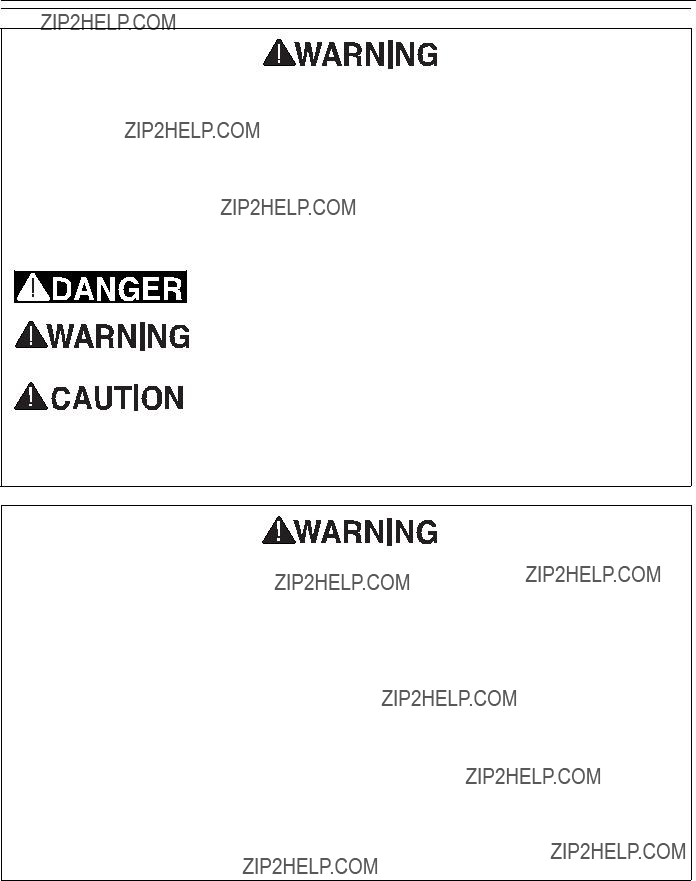
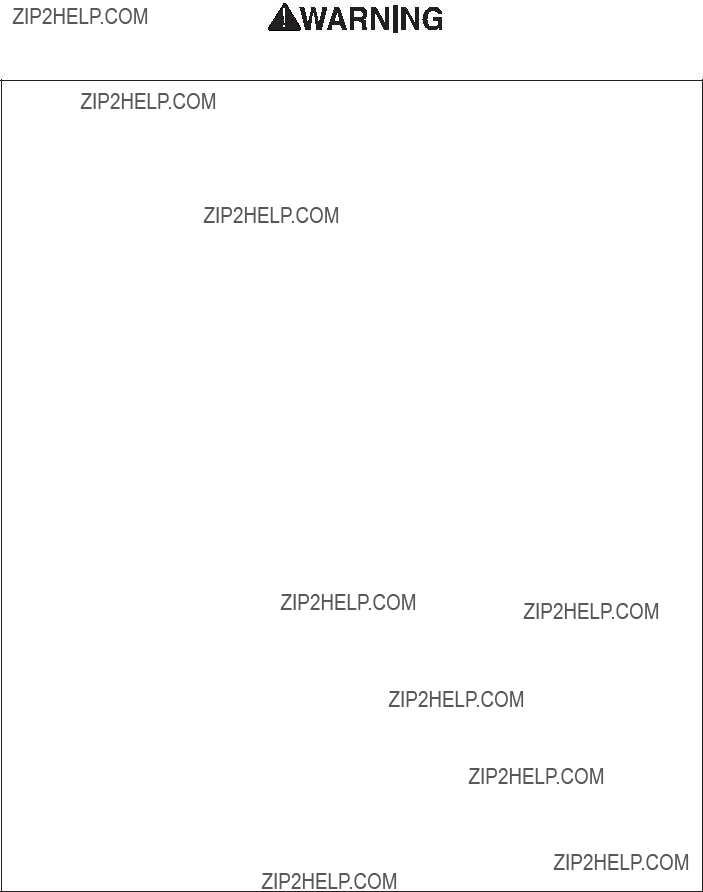


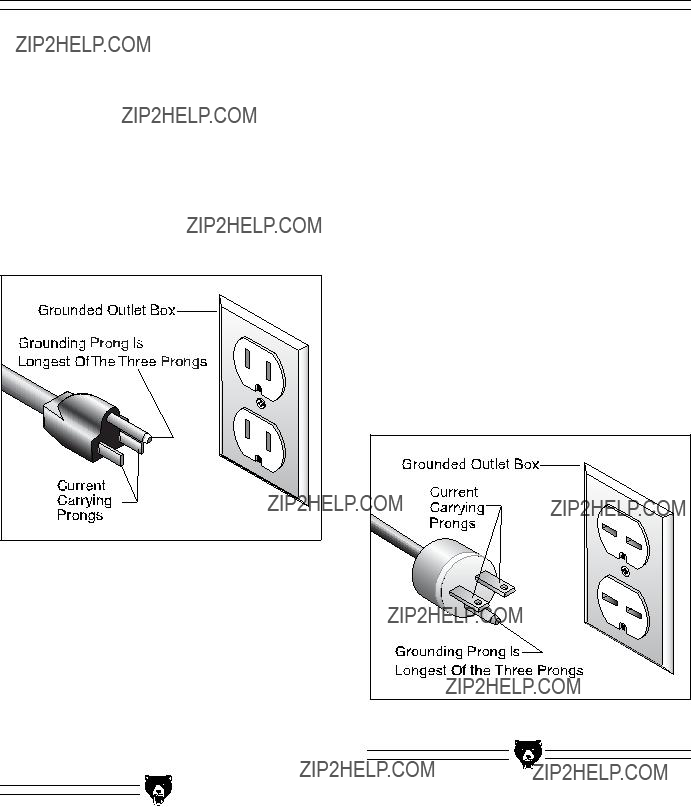



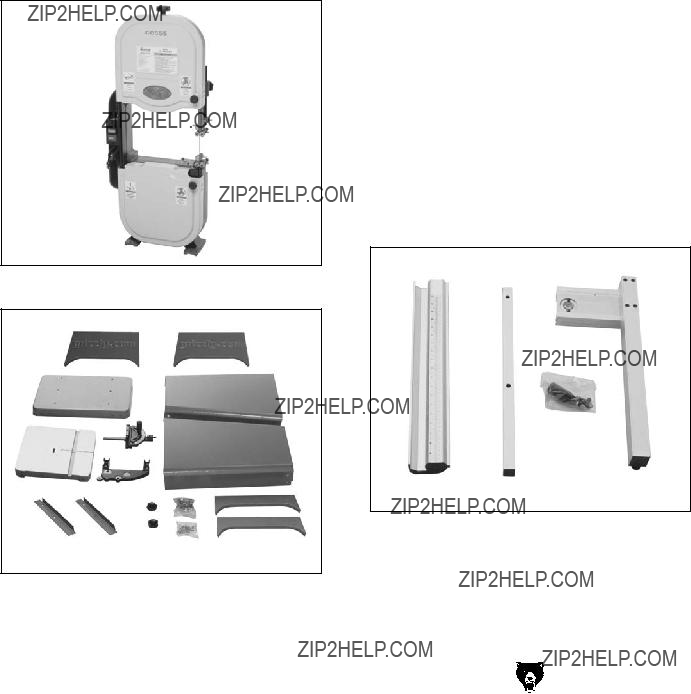
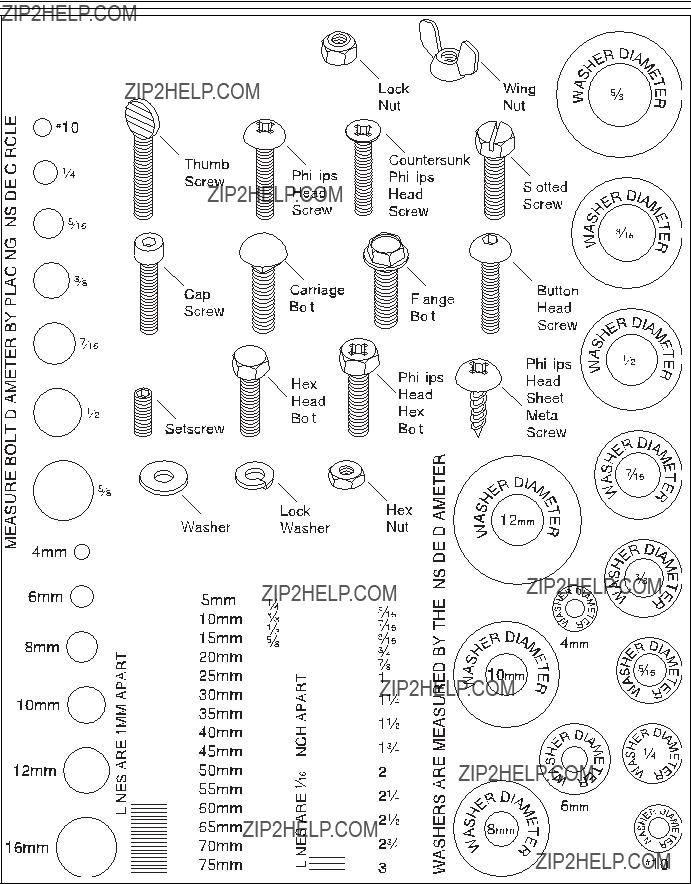
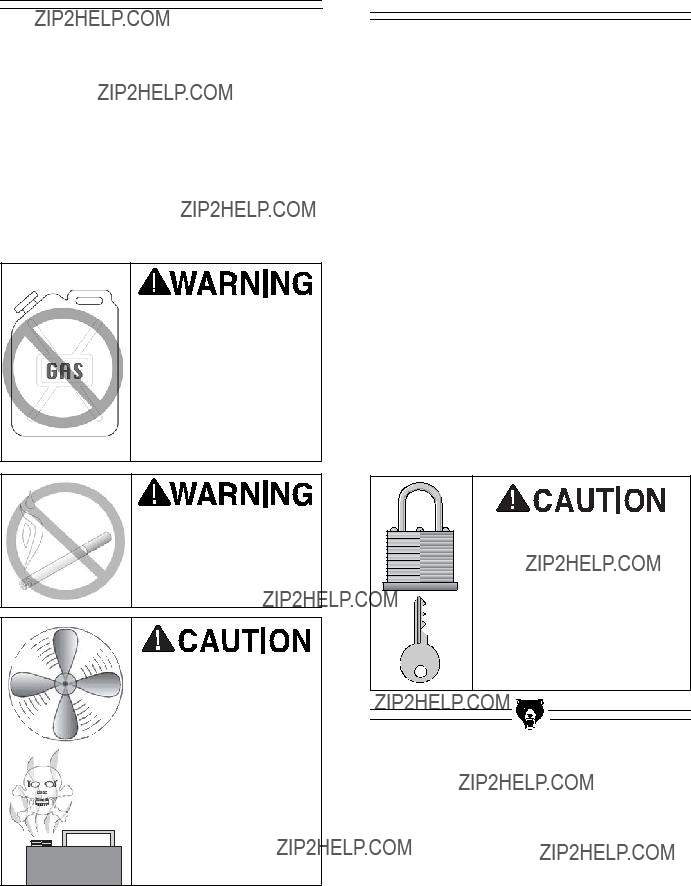
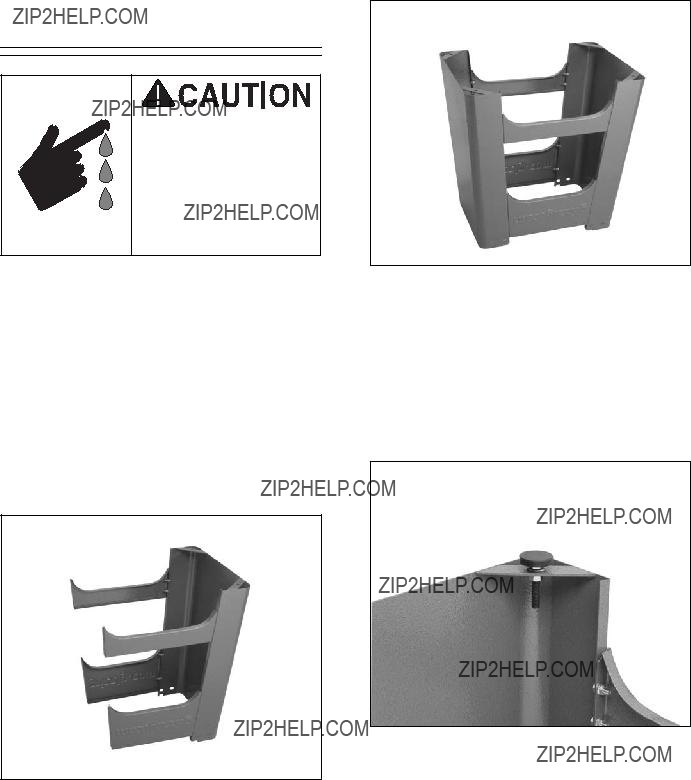
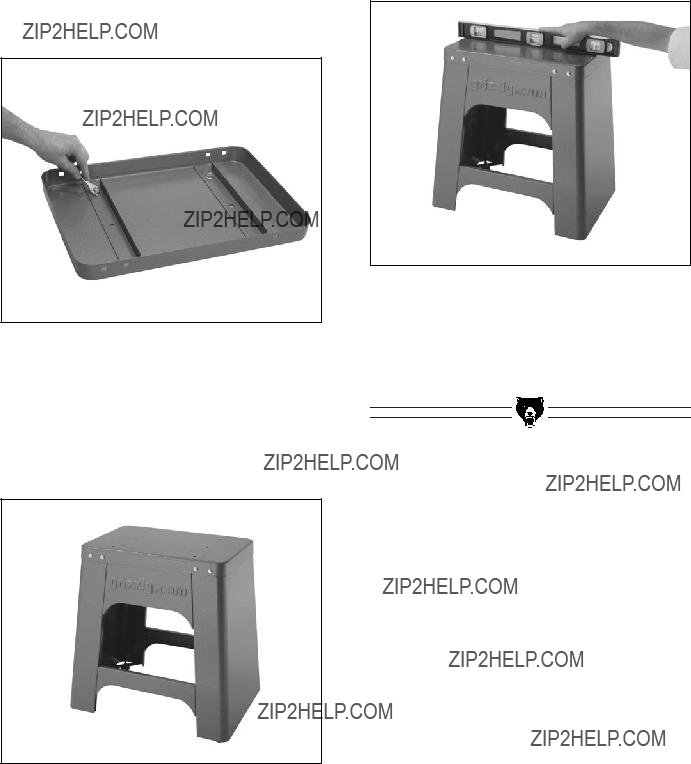


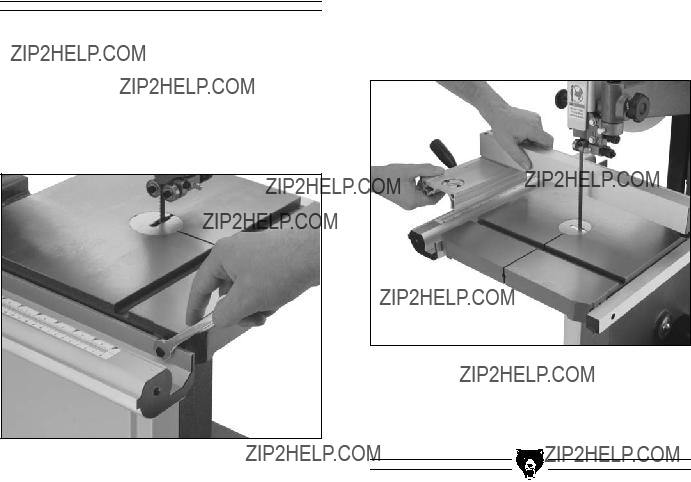




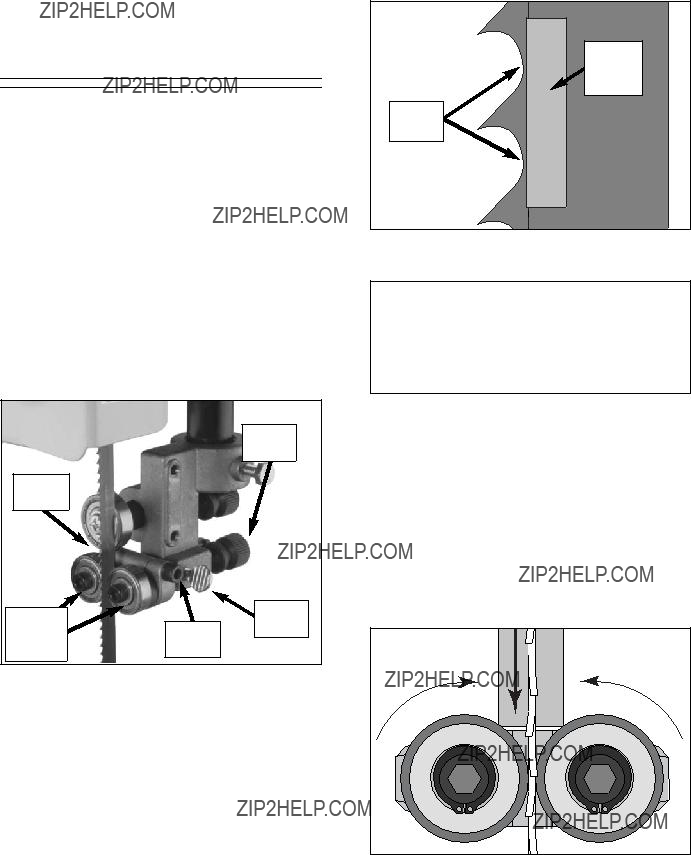



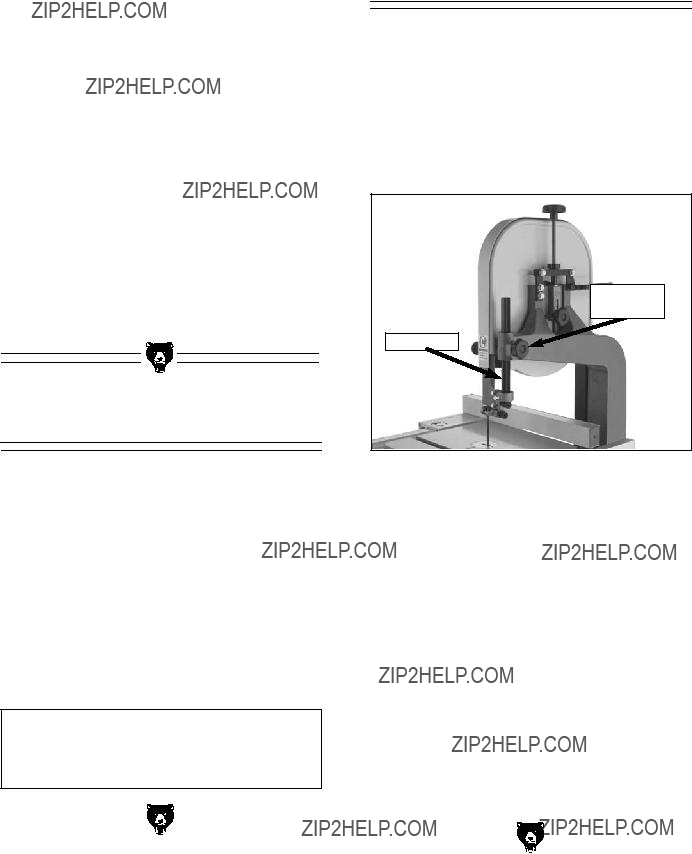

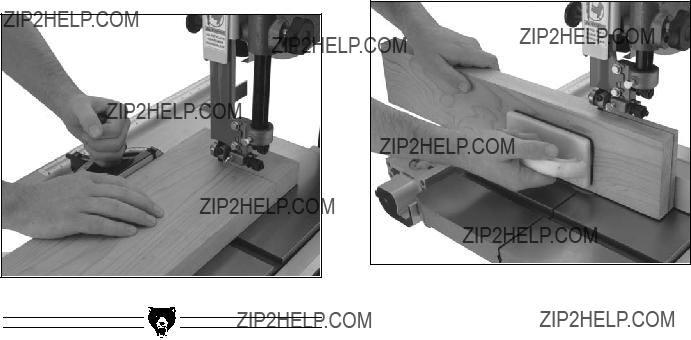

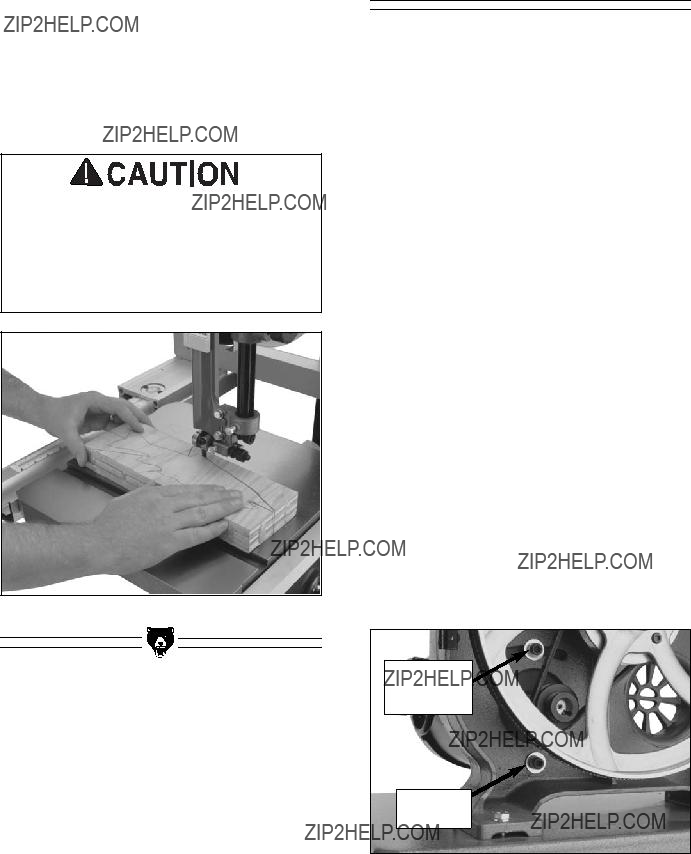
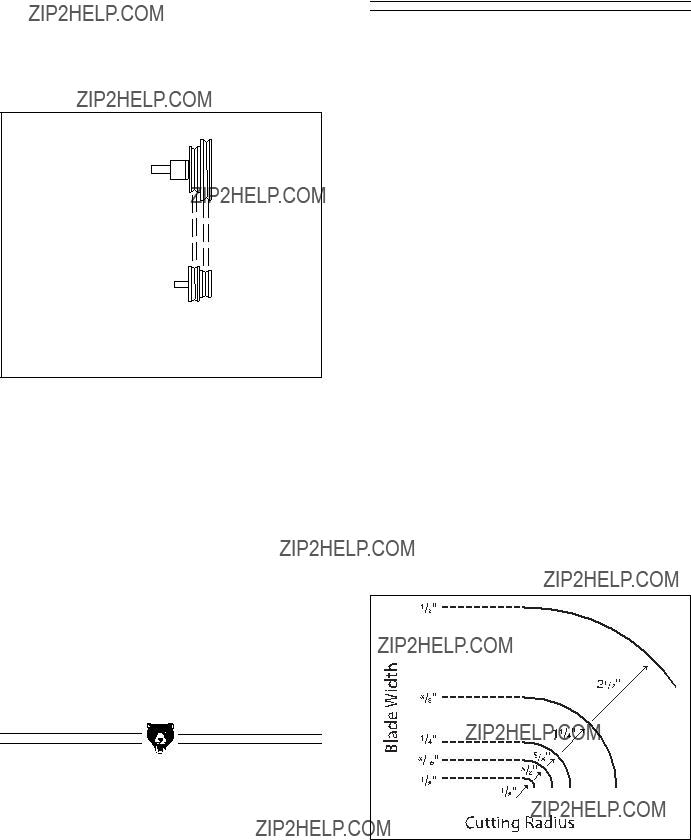






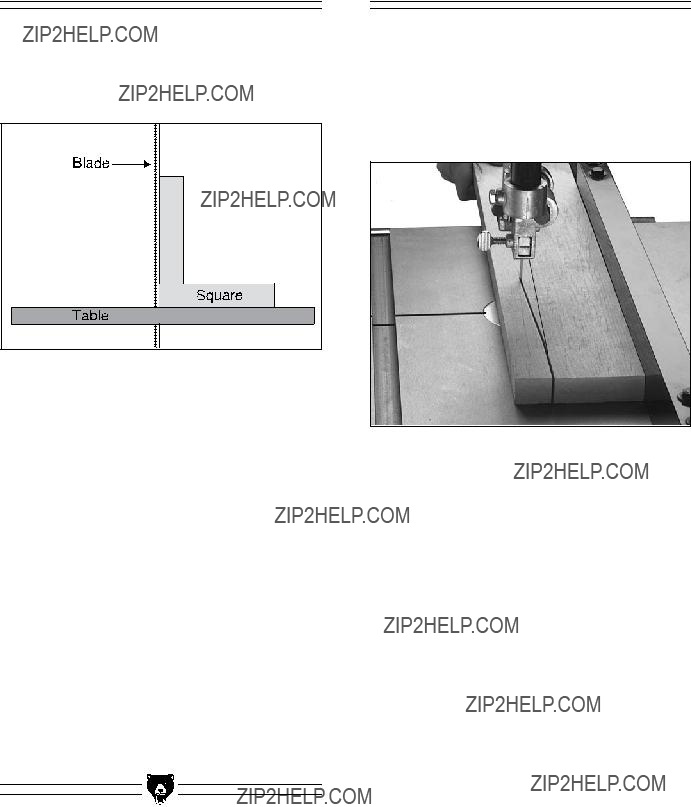
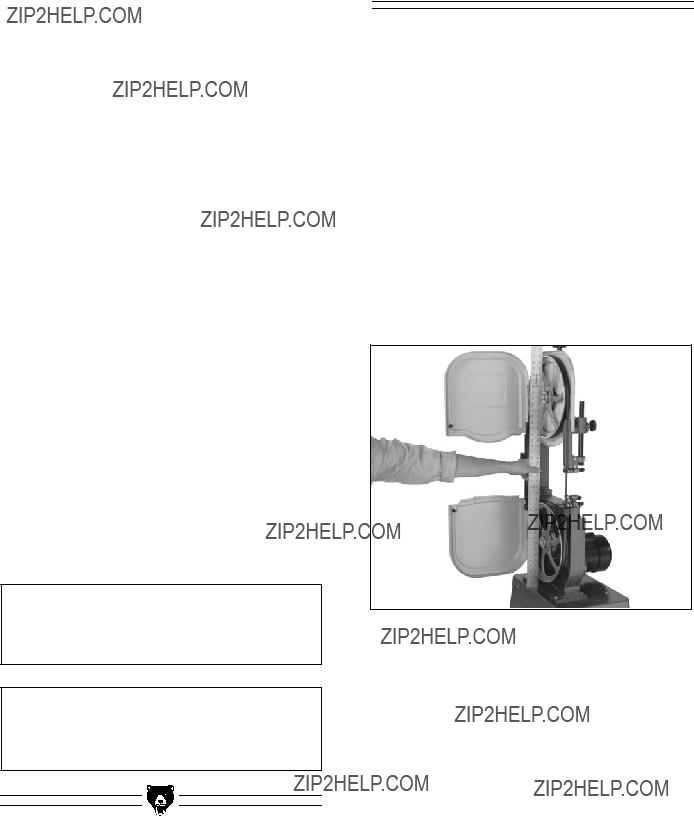

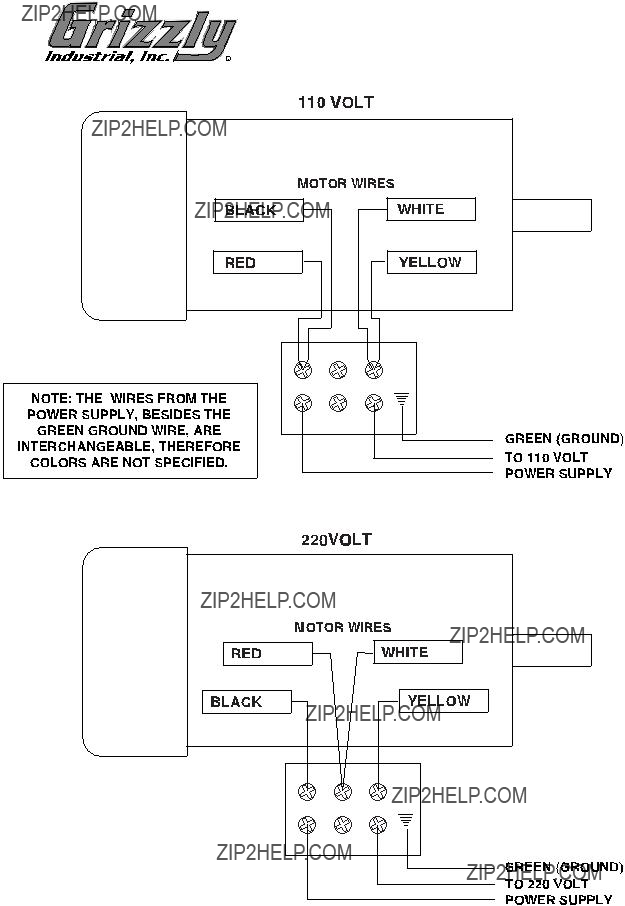





 117 116
117 116